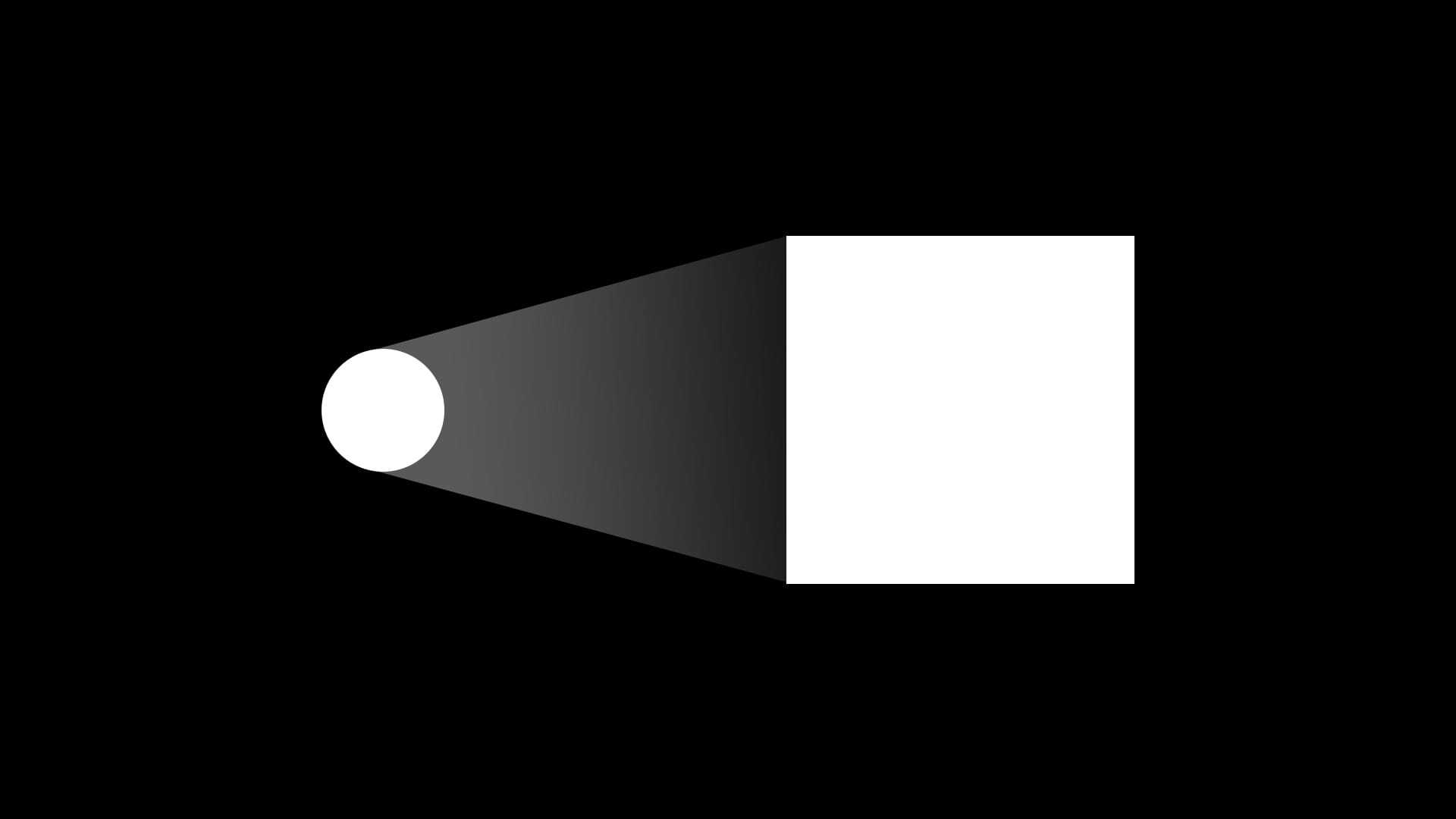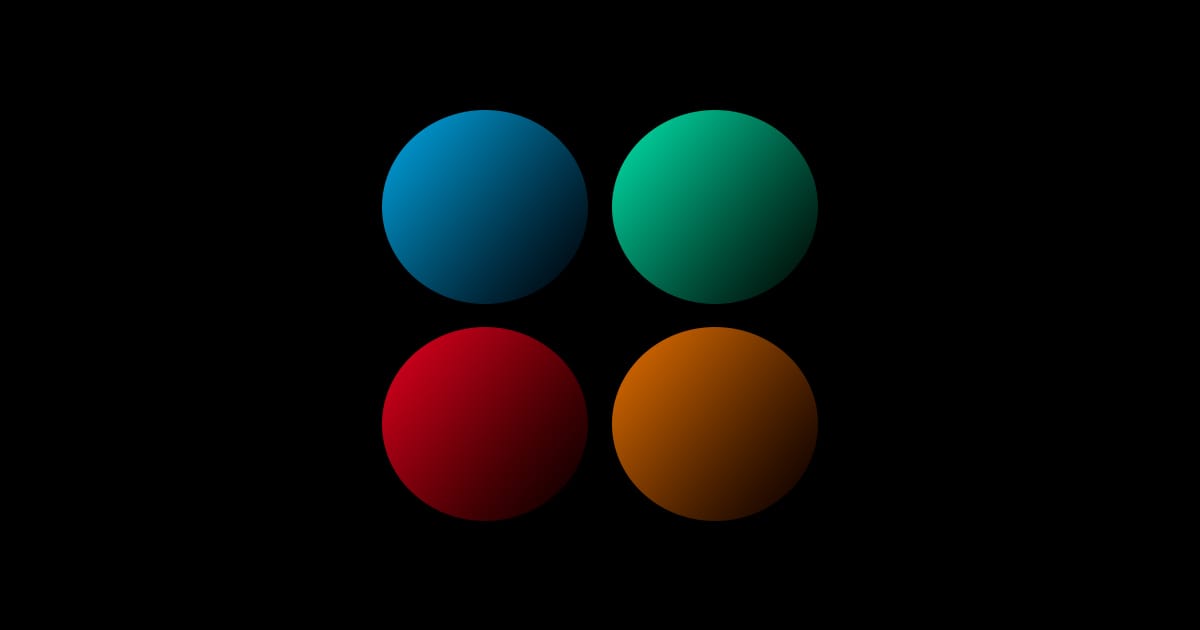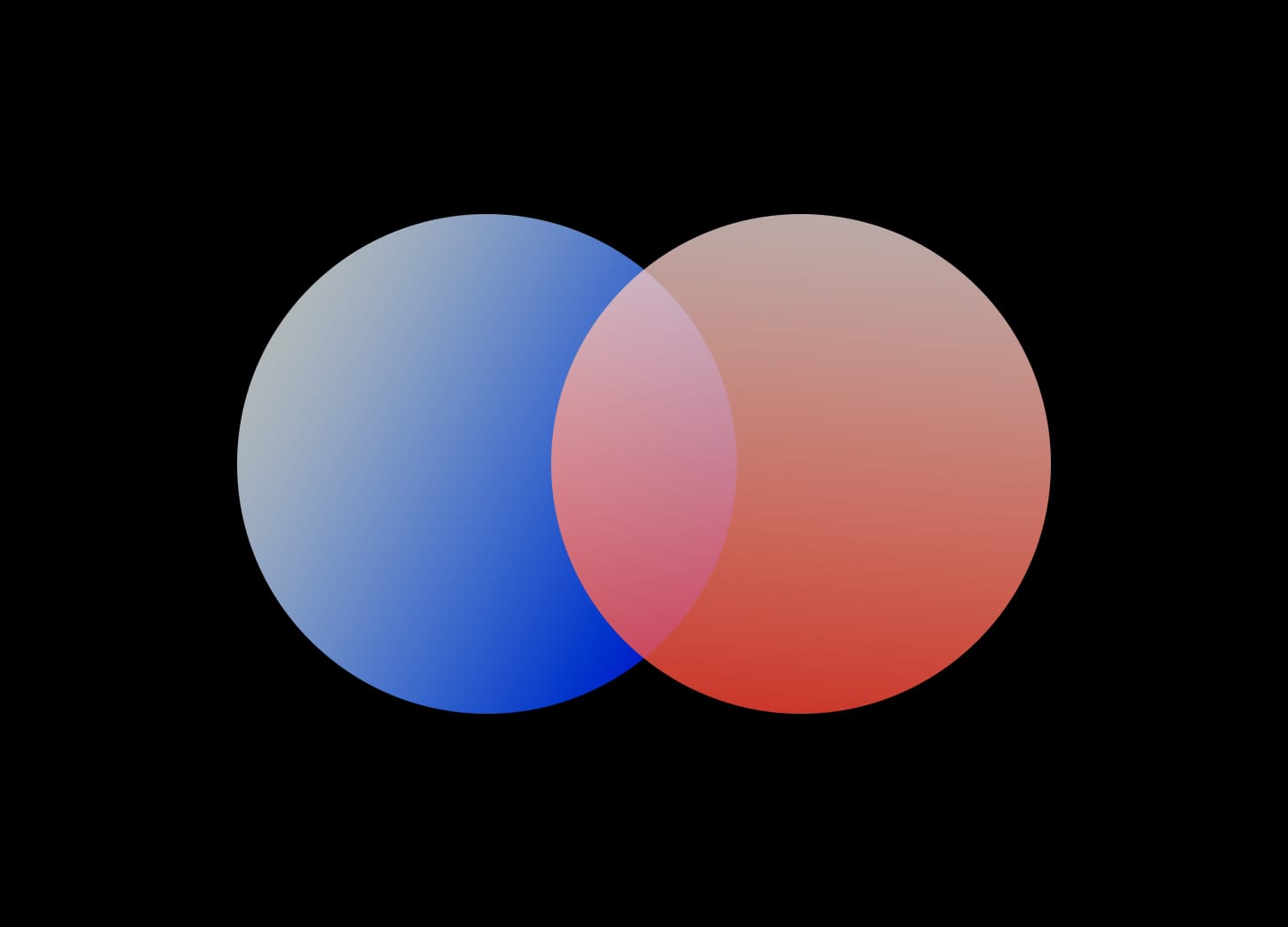What is Branding?
When St. Augustine was asked what is time: “I know what it is, but when you ask me I don’t.”

If I ask you what is a brand, you might think of a logo or a set of colors, imagery or even a slogan. But none of these are quite it. This difficulty to define a brand is inherent. Veteran marketers seem to not agree on a standard definition, because the truth is that a brand operates in the deep depths of our mind.
Beginnings
It started from the Germanic word Brand, which means to burn. People used hot irons to mark ownership over cattle or objects in order to be able to distinguish their origin.
So far so good
What happened afterwards is magical. People came to associate the quality of their experience when consuming the branded goods with the mark itself.
They came to link pleasure or durability to certain marks or names. And when some goods came with a high price tag, their mark became a guarantee that the owner must have been a person of great influence. Even more fascinating, a brand extends to everything the owner does. If John’s Farm makes the best eggs, they must also make the best computers. This is called the halo effect.
We were conditioned to link emotions to a symbol, be it a visual mark or a name. Our minds created the brand, as we know it today.
Biological brands
This mental shortcut was already embedded in our psyche long before. It started as a mechanism of survival. We associated sharp noises of leaves with the potential danger of a predator. The sight of the color red triggered adrenaline induced by the rush of blood from a friend or our prey. We connected the light blue sky and white clouds with the serenity of a peaceful rest day. We associated green leaves with the natural herbs that would nurture and heal us when we were in pain. It was a way for our brains to preserve valuable energy when caloric fuel was scarce. All these mental models are universal biological brands.
The craft of branding
As advertisers, based on this understanding, we could use these deeply rooted neural pathways, to induce an instant emotion in people. We would leverage these by design to persuade the mind to pick our product that shared a shelf with 5 other competitors.
Part science, part art, branding is the closest thing to real magic. It makes a glass of wine taste better after you read its story. It makes people act irrationally and spend more than they have on things they do not need. That is why us, as those who practice this craft, must do so on a foundation of ethics and an understanding of the responsibility that comes with wielding this power.
And herein lies the challenge to accurately define brands and branding. Despite that, allow me to give it a try:
What is a brand?
A brand is the mental shortcut that occurs when an emotion is triggered by the use of an intentional sensorial symbol.
Who owns a brand?
While a company may own a trademark, the brand lives inside the minds of the people. A brand can change or be forgotten. Much like an idea, a brand can not be owned. A brand owns.
What is branding?
Branding is the science-based art of crafting a system of sensorial stimuli that evoke a deliberate emotional response. Branding is designed reputation.

